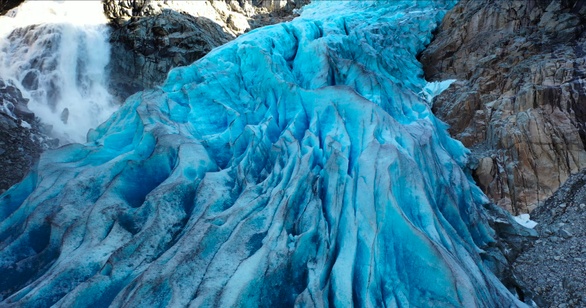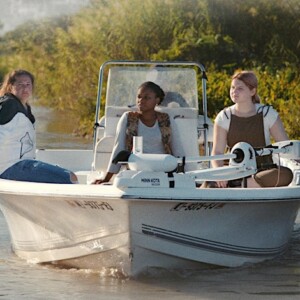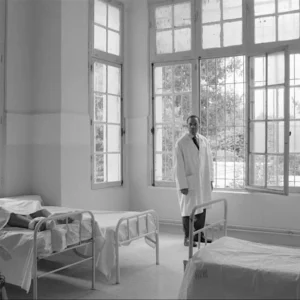


A selection of films directed by Susan Schuppli (Centre for Research Architecture, Goldsmiths) will be shown in advance of her AAD Arguments lecture on Wednesday, July 17th.
Moving Ice (2024)
Ice has always moved. When glaciation took hold some 34 million years ago, interconnected rivers of ice combined to produce the Earth’s vast ice sheets. As temperatures slowly warmed glaciers developed a unique balancing act; advancing and retreating to calibrate their annual winter accumulation against summer melt. Sometimes calving colossal icebergs into the sea. A positive feedback loop that has regulated the movement of ice for millions of years.
Today ice is moving faster still, as anthropogenic factors accelerate climatic changes. The Earth is burning up…. and ice is on the move. However, in the early 1800s colonialism and capitalism had already joined forces to move ice. Not as an unforeseen consequence of industrialisation – which we now recognise as a key accelerator of atmospheric warming – but as a commodity in and of itself. What came to be known as the “frozen water trade”. A trans-hemispheric commerce in natural ice that moved its crystal cargo along the well-established shipping routes of plantation economies and the spice trade.
This film tells the story about how European and American merchants tried to cool the tropics through the financialisation of temperature. Shipping natural ice extracted from glaciers and winter lakes to colonial elites around the world.
Climate Signals from Svalbard (2024)
Description courtesy of the director.
In 2020 I had the opportunity to circumnavigate Spitsbergen, the largest island in the Svalbard Arctic Archipelago by sailboat with glaciologist Miriam Jackson to observe and document such environmental changes myself.
More recently I returned to Svalbard and focused my attention, not on the cryospheric geographies that are transmitting the urgencies of climate change, but to the technology infrastructures that have converged on Svalbard to relay signals of another kind: electromagnetic pulses, sine waves, and data streams that feed our informatic networks.
A critical zone of radio towers, antennae arrays, satellite ground control stations, radar installations, meteorological instruments, and fibre optic cables populate the region around Longyearbyen.
Organized by the MS in Advanced Architectural Design program as part of the AAD Arguments Lecture Series.



